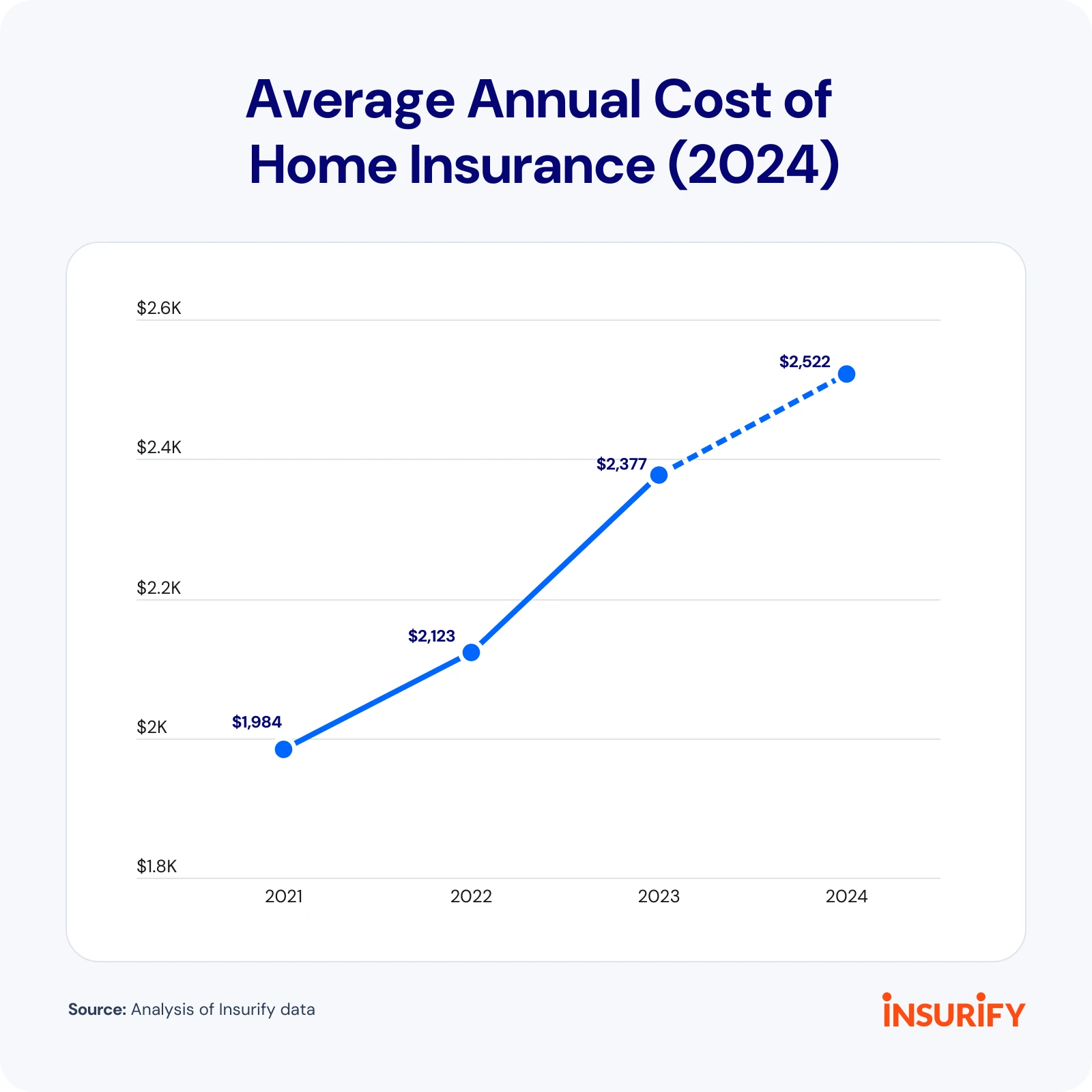
Florida’s property insurance market is seeing renewed stability as a series of legislative reforms and the entry of new insurers provide hope for homeowners long burdened by high premiums and limited coverage. The most recent entrant, Trident Reciprocal Exchange, marks the ninth new insurer to enter the market since 2023. Trident’s arrival signals a growing confidence in Florida’s property insurance sector as competition increases, giving consumers more options to protect their homes from the state’s notorious weather challenges.
Insurance Commissioner Michael Yaworsky and the Florida Office of Insurance Regulation (FLOIR) have been at the forefront of these efforts, working to stabilize the market and attract new insurers. Yaworsky emphasized that the presence of additional insurers like Trident will ultimately lead to a more resilient market, benefitting both the industry and consumers. “This is a significant moment for Florida’s property insurance landscape,” Yaworsky stated. “With the reforms we’ve seen in recent years, the market is now in a position to grow stronger and provide homeowners with more choices and, eventually, more affordable rates.”
Flooding Risks Extend Beyond Hurricanes
As Florida’s insurance market stabilizes, the focus has increasingly shifted to ensuring adequate protection for homeowners across the state. While hurricanes remain the most prominent threat to property, recent weather patterns have shown that flooding, often from non-hurricane storms, can cause equally devastating damage. Even inland areas that were once considered low-risk have seen significant flooding events, raising concerns that many Floridians remain uninsured for these types of natural disasters.
Mark Friedlander, spokesperson for the Insurance Information Institute, stressed the importance of flood insurance for all Floridians. “The last couple of years have demonstrated the need for comprehensive flood insurance,” Friedlander said. “Many homeowners were caught off guard by recent flooding in areas they thought were safe, leaving them with costly damage and no coverage.”
Despite these warnings, flood insurance adoption rates remain alarmingly low in Florida. Current data reveals that four out of five homeowners still do not carry flood insurance, exposing them to significant financial risks. As a result, lawmakers have introduced new measures to address this gap and incentivize more Floridians to invest in flood insurance.
The Flood Insurance Relief Act: Encouraging Coverage
In response to the growing demand for affordable flood insurance, Congressman Byron Donalds and Senator Rick Scott have introduced the “Flood Insurance Relief Act.” This legislation aims to make flood insurance more accessible by providing tax breaks for policies under both the National Flood Insurance Program (NFIP) and private insurers. The bill also seeks to address the longstanding financial issues within the NFIP, which has been operating at a deficit for years.
The legislation would ensure that flood insurance premiums are more actuarially sound, meaning that they more accurately reflect the risk of flooding in a given area. Friedlander believes this approach will encourage more homeowners to seek coverage. “Whether through the NFIP or the private market, flood insurance needs to be priced appropriately to ensure its viability. The Flood Insurance Relief Act is an important step toward making this coverage more accessible to everyone,” Friedlander said.
The average flood insurance premium in Jacksonville currently sits at $710 per year, according to the NFIP. With tax breaks and reforms, it’s hoped that the financial burden on homeowners will be reduced, making flood insurance a more attractive option for Floridians.
My Safe Florida Home Program: Reducing Risk and Costs
In addition to flood insurance reforms, the state is expanding programs designed to help homeowners better protect their properties. The “My Safe Florida Home Program,” which offers financial assistance for hurricane-resilience upgrades, has been a critical tool for reducing both risk and costs for homeowners. Through the program, Floridians can apply for funding to upgrade roofs, windows, doors, and other structural features to better withstand storms. These improvements not only protect homes but can also lead to reduced insurance premiums.
The success of the My Safe Florida Home Program has been evident, with thousands of homeowners benefiting from substantial premium reductions. Florida’s Chief Financial Officer, Jimmy Patronis, reported that the average participant in the program has seen their insurance premiums decrease by about $1,000 annually. “This program is providing homeowners with the means to protect their properties and save money,” Patronis noted. “It’s a win-win for everyone involved.”
Due to its popularity, the program quickly ran out of funding, prompting lawmakers to seek an additional $176 million to meet the high demand. The new funding will help clear a backlog of applications and allow more homeowners to take advantage of the program’s benefits.
Rep. Chip LaMarca, a strong advocate for the program, expressed optimism about its future. “The My Safe Florida Home Program has been a tremendous success, and with the additional funding, we can continue helping homeowners fortify their properties and reduce their insurance costs,” LaMarca said. “This is an investment in the resilience of Florida’s homes and communities.”
Legislative Support and the Path Forward
Lawmakers are moving quickly to pass legislation that will extend the My Safe Florida Home Program, with the Senate expected to approve the additional funding in the coming days. This legislation also includes provisions for low-interest or interest-free loans to agriculture producers and timber owners, providing further financial relief to industries affected by Florida’s extreme weather events.
Sen. Clay Yarborough highlighted the importance of ensuring all homeowners who applied for the program receive assistance. “We are committed to helping Floridians protect their homes and recover from storms,” Yarborough said. “By extending the program and providing additional funding, we are taking a crucial step toward strengthening Florida’s property market and ensuring that our residents have the protection they need.”
A Stable and Competitive Future for Florida’s Property Insurance Market
Florida’s property insurance market is on a clear path to stability, thanks to the influx of new insurers, reforms aimed at reducing costs, and programs that help homeowners safeguard their properties. The introduction of companies like Trident Reciprocal Exchange and the expansion of initiatives like the My Safe Florida Home Program are already showing positive results, with more competition driving rates down and giving consumers greater choice.
Twelve insurance companies have filed for rate decreases this year, while another 24 have requested no changes to their premiums—indicators that Florida’s insurance market is stabilizing after years of uncertainty. Homeowners are encouraged to explore their options, including the new flood insurance incentives and hurricane-resilience programs that can lead to significant savings over time.
While there is still work to be done, Florida is making significant strides in building a more resilient and competitive insurance market. By continuing to attract new insurers, implement protective legislation, and provide support for property upgrades, the state is positioning itself for a more secure future, where homeowners can feel confident that their properties—and their finances—are protected against the unpredictable forces of nature.


